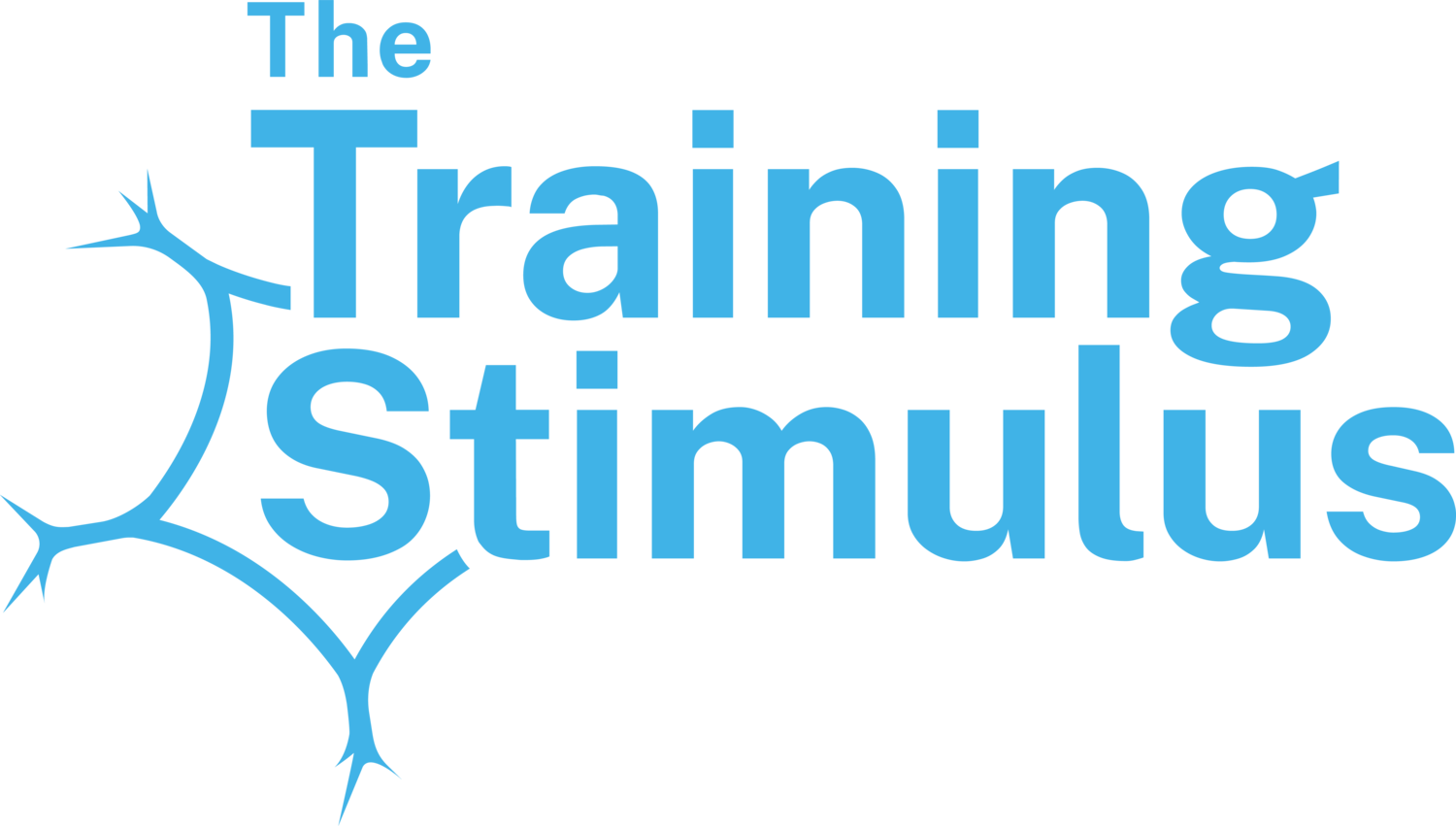The 5-Step Blueprint for Returning to Training After Injury
Whether it’s a tweak or a full-blown setback, injury recovery doesn’t mean sitting on the sidelines — it means training differently.
In this post, we unpack 5 key steps to transition from injury to full training — safely, effectively, and without spinning your wheels.
⸻
Step 1: Know Where You’re At
This isn’t about your old PRs. It’s about what your body can actually do today.
Start by:
Identifying what kind of injury it is (tissue damage vs neuromuscular issue)
Understanding your pain-free movement and strength baseline
Getting clarity without judgment — this is your foundation.
⸻
Step 2: Know Where You’re Going
Rehab should reflect your real goal.
→ A marathon runner needs endurance + tolerance to high volume impact
→ A weightlifter needs deep flexion + max strength under load
Those journeys won’t — and shouldn’t — look the same.
⸻
Step 3: Map the Gaps
Now that you know the “from” and “to,” you can reverse-engineer your path.
Build in:
Range of motion milestones
Strength targets
Technique refinements
Muscle recruitment goals
Every one of these is a mini win that keeps momentum and morale high.
⸻
Step 4: Program for the Right Stimulus
It’s not about doing more — it’s about doing enough.
What does the tissue need to adapt?
→ Tension
→ Load
→ Frequency
And at what volume and intensity? That’s where recovery lives — not in how much you can grind.
⸻
Step 5: Respect the Timeline
Tendons, ligaments, and bones adapt slower than muscle.
Don’t let short-term strength fool you into thinking you’re 100% ready.
Take the small wins, keep the momentum, and avoid re-aggravation.
⸻
Final Thought:
Training after injury isn’t about bouncing back — it’s about building forward through progressive overload, just choosing what to progressively overload wisely.
🎧 Want to hear the full discussion? Listen to the Lunge & Lift episode HERE
Ash
